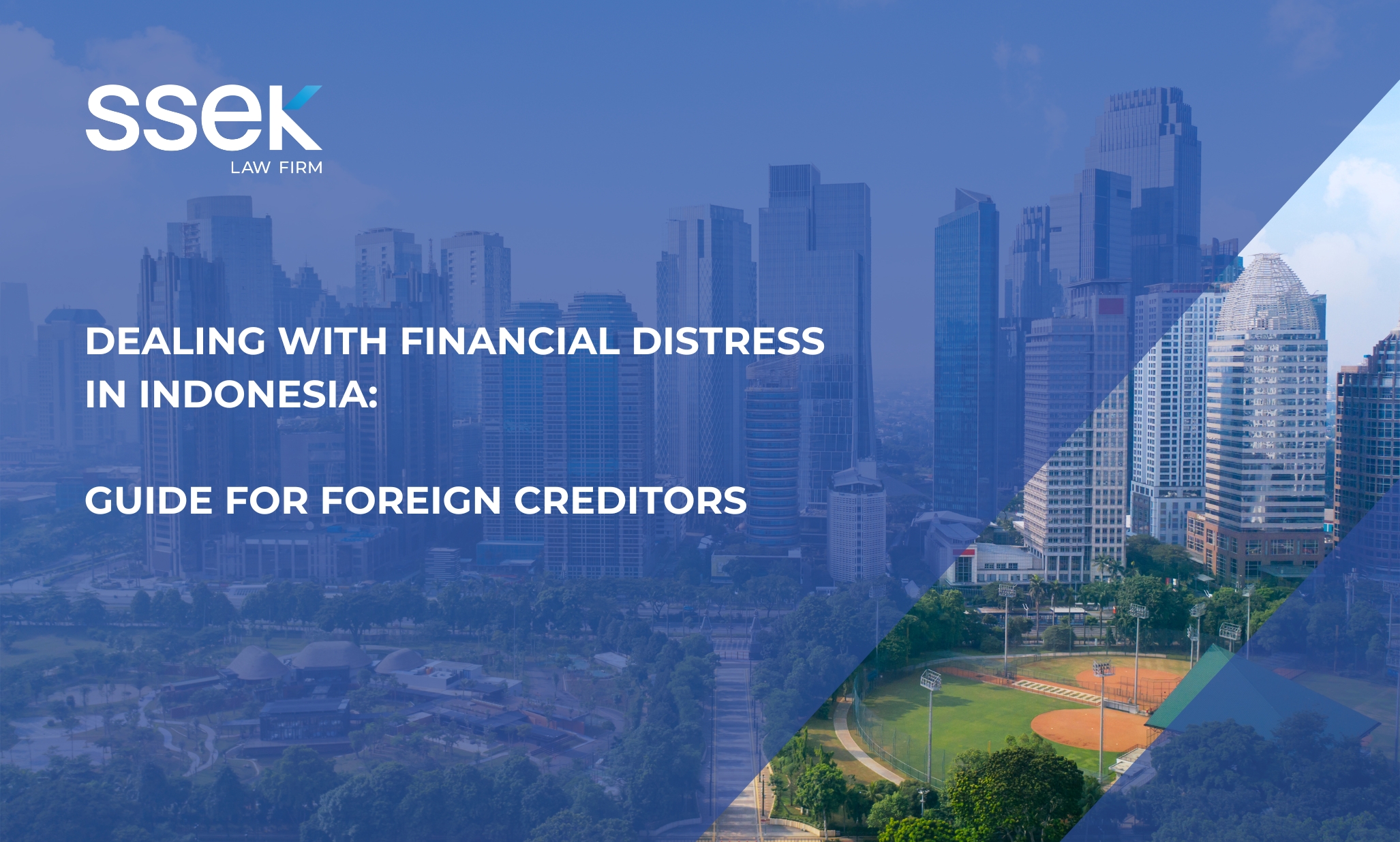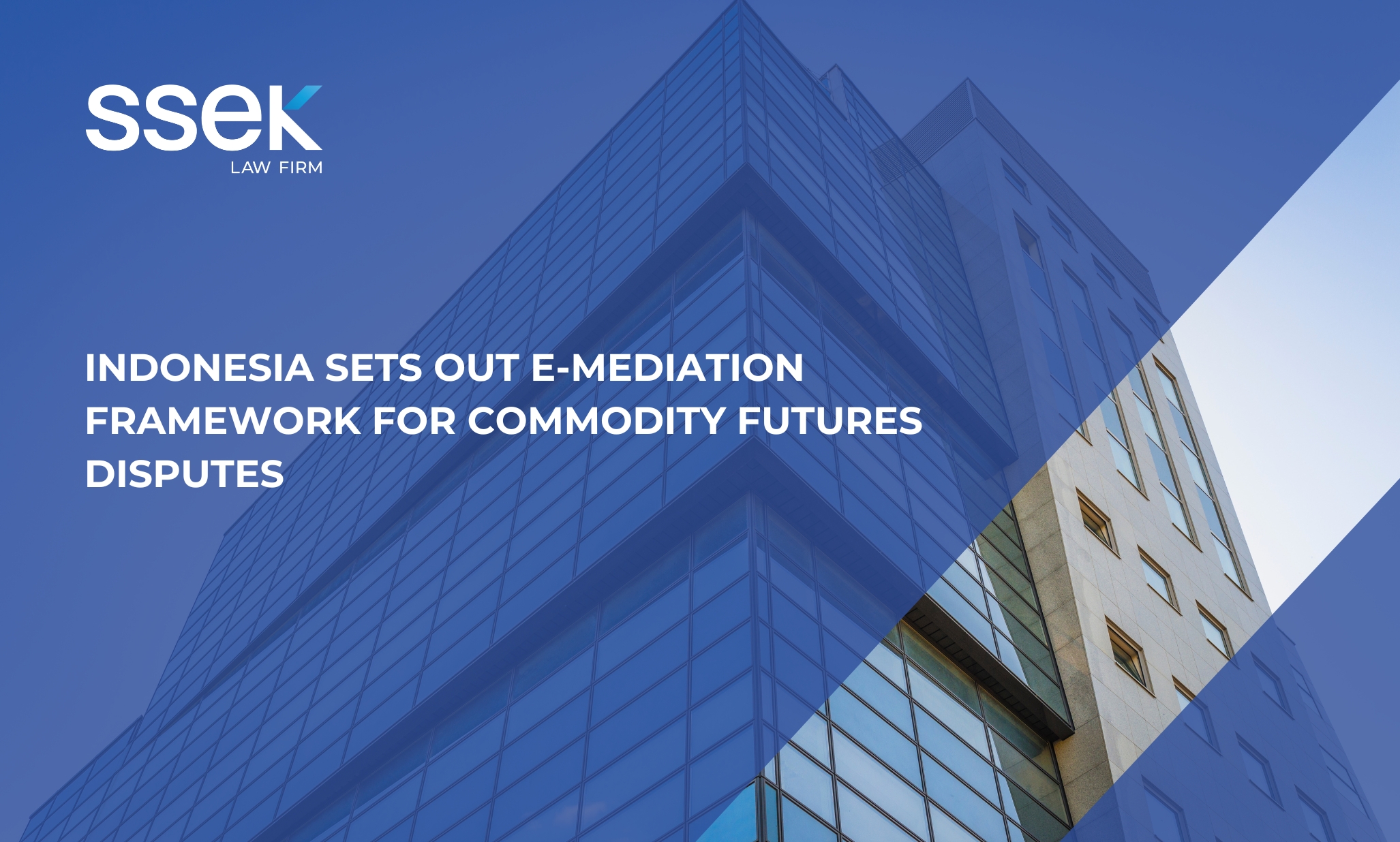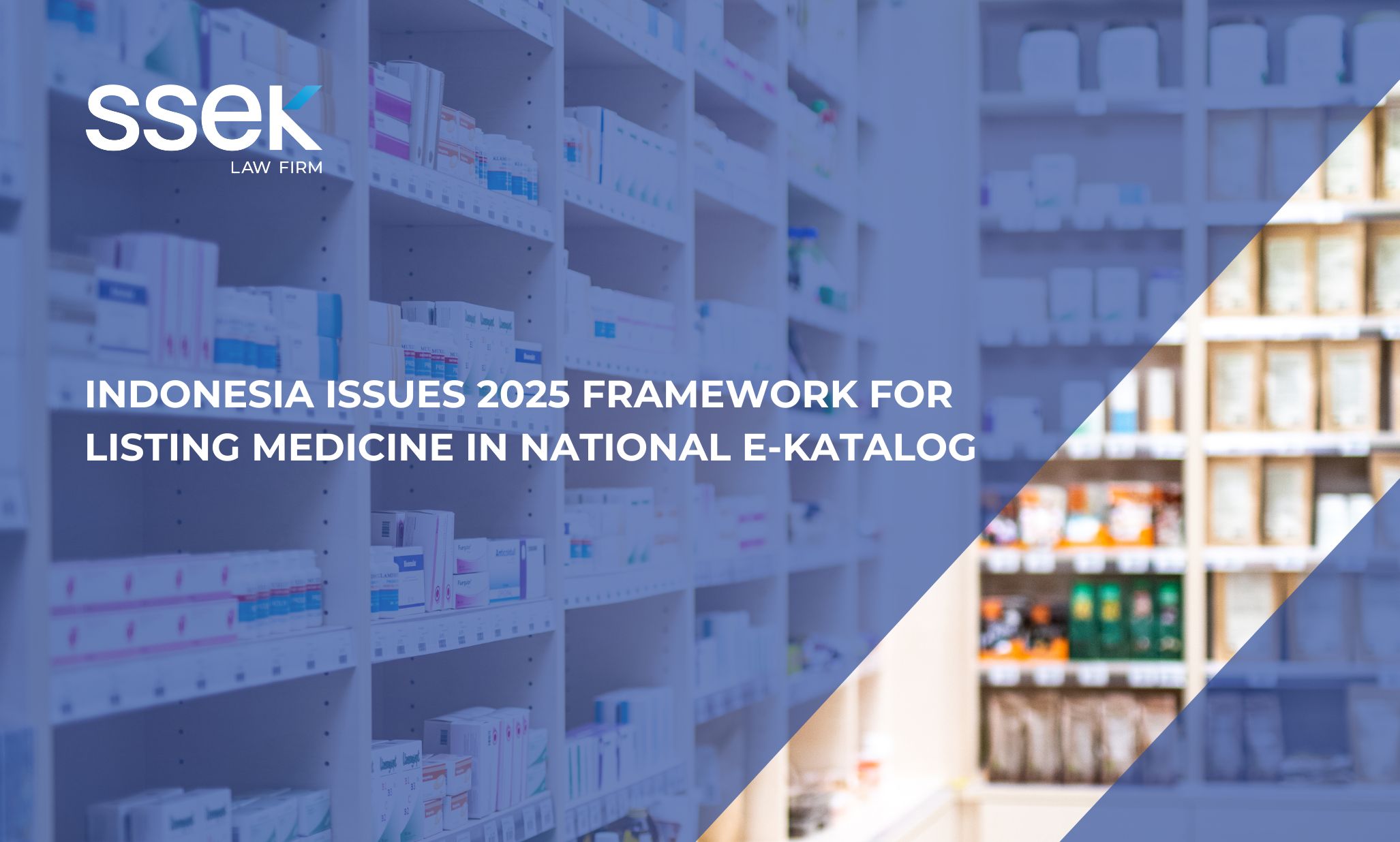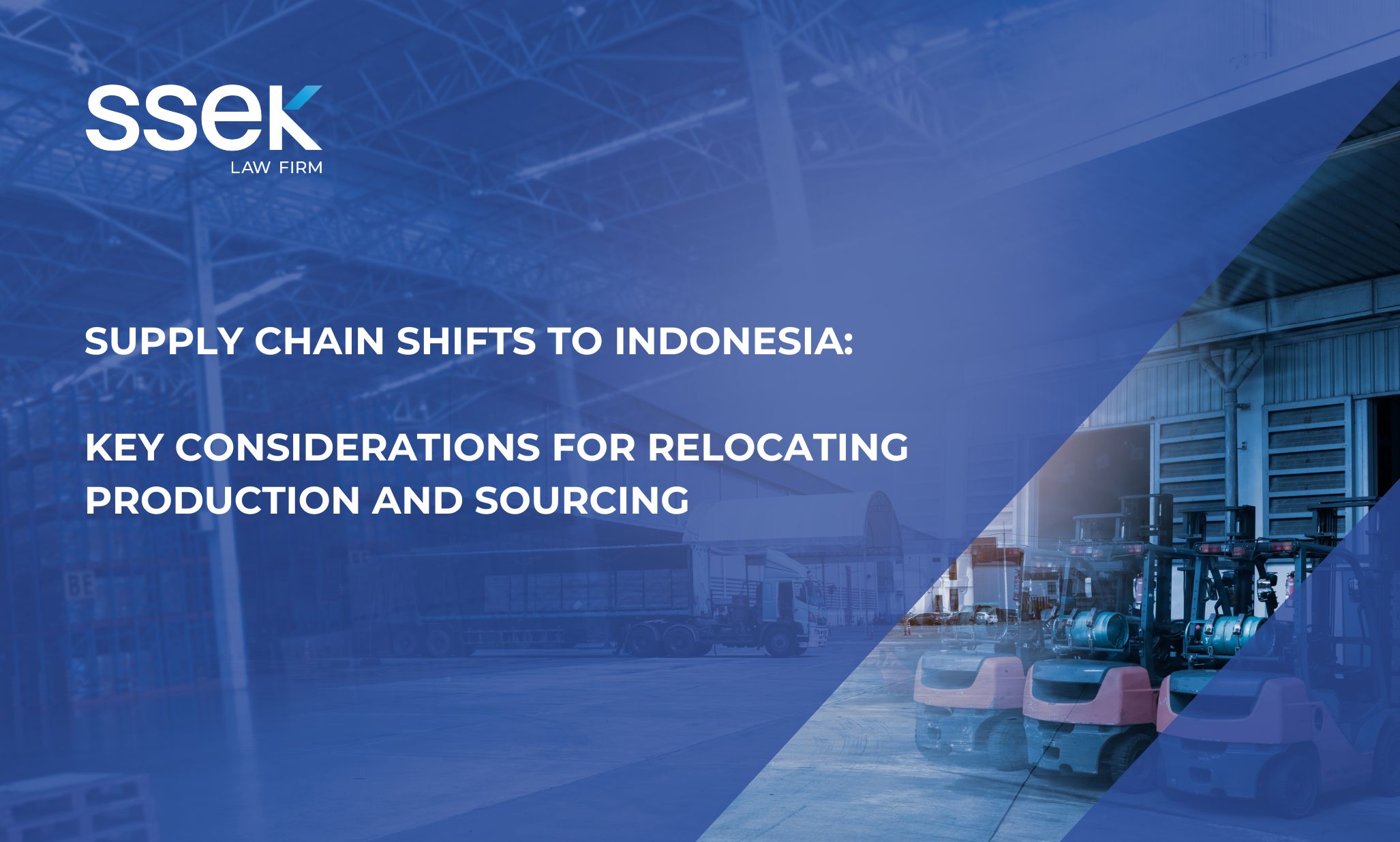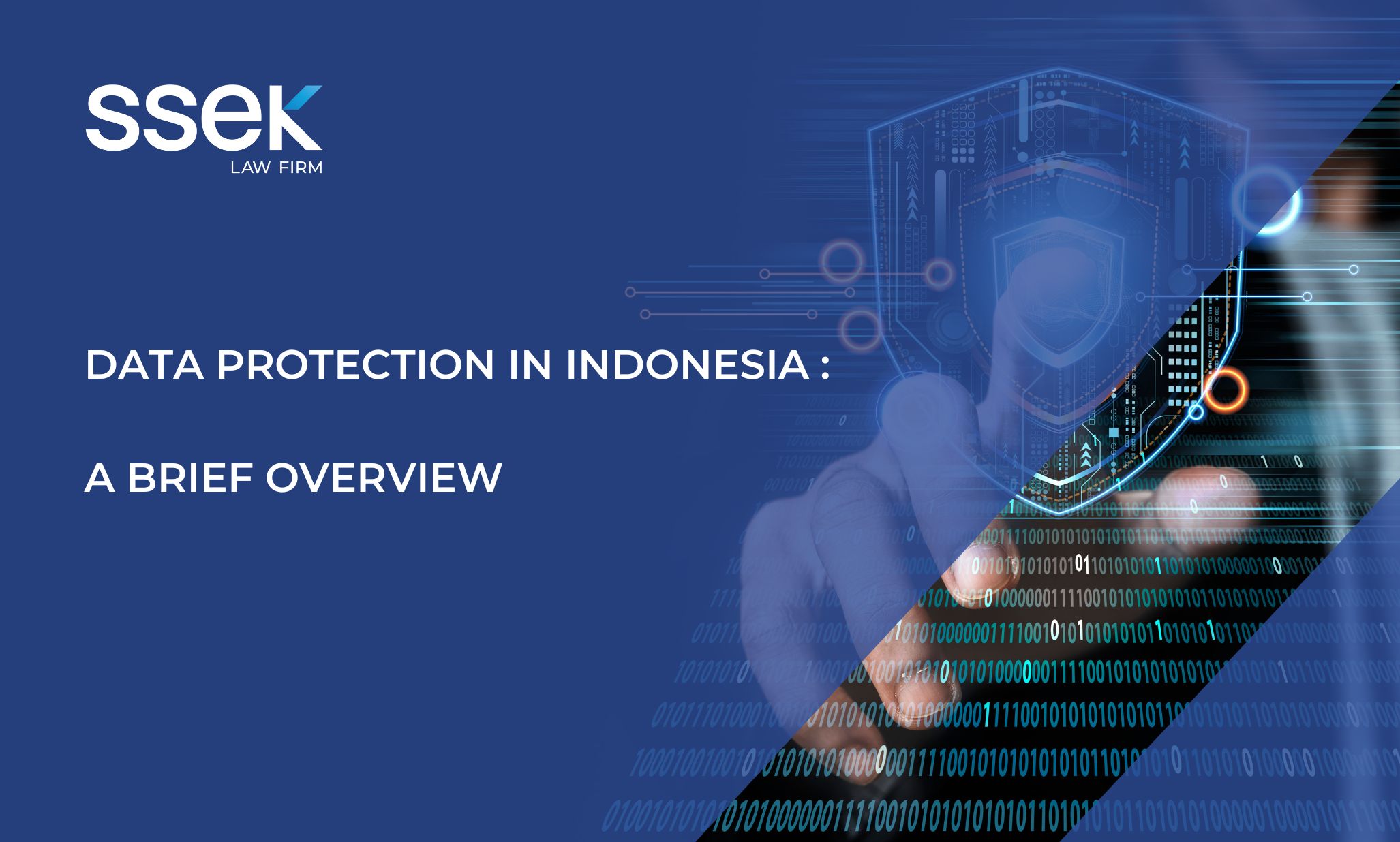

The Indonesian government has introduced a new tariff regime for renewable energies. The new regime gives the Indonesian state power company, PT Perusahaan Listrik Negara ("PLN"), greater control over tariffs in the sector through business-to-business negotiations and benchmarking against the applicable Electricity Generation Basic Cost (Biaya Pokok Penyediaan Pembangkitan or "BPP").
The new tariff regime is elaborated in Minister of Energy and Mineral Resources ("MEMR") Regulation No. 50 of 2017 regarding Utilization of Renewable Energy for Power Supply ("MEMR Reg. 50/2017"). This regulation came into force on August 8, 2017, and revokes MEMR Regulation No. 12 of 2017, as amended by MEMR Regulation No. 43 of 2017.
MEMR Reg. 50/2017 provides a new mechanism to determine the tariff for electricity generated by renewable energy power plants and purchased by PLN from Independent Power Producers ("IPPs"). The tariff is now determined by benchmarking against the applicable BPP in the area where the power is generated or through negotiations between PLN and the IPP.
The renewables covered by MEMR Reg. 50/2017 are solar, wind, hydro, biomass, biogas, waste, geothermal and ocean energy.
Electricity Generation Basic Cost
BPP reflects the cost of PLN in generating power and in procuring electricity supply from third-party suppliers such as IPPs, but does not include the cost of transmitting the electricity. BPP is stipulated annually by the MEMR, based on a recommendation from PLN, and includes both national and local BPPs, with reference to BPP for the previous calendar year (i.e., BPP for 2017 applies for electricity procurement in the following year).
The current BPPs as of the time of this writing are stipulated in MEMR Decree No. 1772 K/20/MEM/2018 regarding the PLN Electricity Generation Basic Cost of 2017, dated March 29, 2018 ("MEMR Decree 1772"), which applies from April 1, 2018, to March 31, 2019.
MEMR Decree 1772 does not differentiate the BPP for particular energy sources. This will be challenging for power producers utilizing renewable energies because the pricing will need to be competitive with non-renewable energy sources, such as coal and LNG, which may have lower costs of production.
MEMR Decree 1772 does not stipulate any formula or components which the Government is to use in calculating the BPP, but rather merely stipulates the BPP itself. MEMR Decree 1772 currently sets the national BPP at Rp 1,025/kWh, or US$0.0766/kWh, while the local BPPs range from Rp 911/kWh (US$0.0681/kWh) to Rp 2,677/kWh (US$0.2/kWh).
The components the Government is to use in calculating the BPP are instead found in Minister of Finance Regulation No. 44/PMK.02/2017 regarding Procedures for the Provision, Calculation, Payment of and Accounting for Electricity Subsidies dated March 27, 2017, as amended by 162/PMK.02/2017 dated November 16, 2017. The components are stipulated as follows:
- cost for the purchase of electricity including lease of power plant;
- fuel cost, consisting of the following:
-
- oil fuel;
- natural gas;
- geothermal;
- coal;
- lubricant; and
- retribution cost for surface water (biaya retribusi air permukaan);
- maintenance cost, consisting of the following:
-
- materials; and
- contractor service;
- personnel cost;
- administrative cost;
- depreciation cost for operational fixed assets;
- interest and financial expenses used for the provision of electricity, including income tax on the interest on international bonds and hedging transaction cost; and
- adjustment cost in connection with BPP components listed in numbers 1 through 7 above.
Tariff Calculation for Renewable Energies
For the eight types of renewable energy regulated under MEMR Reg. 50/2017, the tariff calculation may be divided into two main groups:
1. Solar, wind, biomass, biogas and ocean energies:
If the local BPP is greater than the national BPP from the previous year, the tariff shall be set at a maximum 85% of the local BPP. If the local BPP is equal to or lower than the national BPP from the previous year, the tariff shall be based on a mutual agreement between the IPP and PLN.
2. Hydro, waste and geothermal energies:
If the local BPP is greater than the national BPP from the previous year, the maximum benchmark tariff is the local BPP. If the local BPP is equal to or less than the national BPP from the previous year, the tariff shall be based on a mutual agreement between the IPP and PLN.
MEMR Reg. 50/2017 requires that the price of electricity from renewable energies as stipulated above be approved by the MEMR.
Exceptions to New Tariff Regime
The tariff regime under MEMR Reg. 50/2017 does not apply to certain entities and under certain circumstances present when MEMR Reg. 50/2017 was issued. The exceptions are:
- entities that have been appointed as winners of capacity quotas for solar projects, have obtained approval for the price of electricity from the MEMR, or have been appointed operators of hydropower, biomass, biogas or waste projects or been awarded a geothermal working area, and have signed a Power Purchase Agreement ("PPA") with PLN;
- entities that have been awarded a geothermal working area but have not signed a PPA;
- any state-owned company that has been mandated with geothermal concession;
- any holder of a geothermal concession that has signed any steam sale contract (perjanjian jual beli uap) and/or PPA which has been verified or is in the process of being verified by the Indonesian Financial and Development Supervisory Board (BPKP).
MEMR Reg. 50/2017 appears to allow the entities noted above to apply the tariff regime under MEMR Reg.50/2017 with the approval of PLN. In other words, should the IPP consider that the new tariff regime is more beneficial than what is set out under its PPA or previous regulations, it can request PLN to revisit the tariff calculation and apply the method prescribed under MEMR Reg. 50/2017.
Conclusion
The new tariff regime presents a challenge for investors, since a power project normally extends over several years. First, there is the challenge that their price to PLN is no longer directly tied to their own individual costs of production, but rather to the cost of producing energy generally, from whatever source, in a given region. Second, there is now the risk of an annual recalibration of BPP giving rise to the ever-present possibility that, once costs are literally sunk into the ground, the price at which investors in renewable projects sell their energy to PLN may fluctuate over time.
For PLN, the new regime represents an effort to benchmark its pricing for the procurement of renewable energy, reflecting both renewable and non-renewable sources of energy, to justify government subsidies.
This publication is intended for informational purposes only and does not constitute legal advice. Any reliance on the material contained herein is at the user's own risk. You should contact a lawyer in your jurisdiction if you require legal advice. All SSEK publications are copyrighted and may not be reproduced without the express written consent of SSEK.




